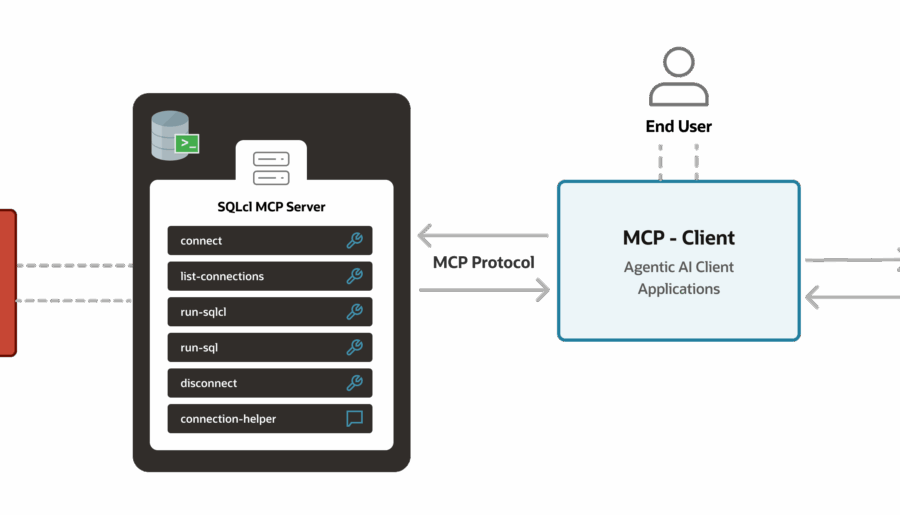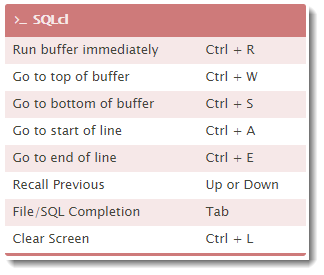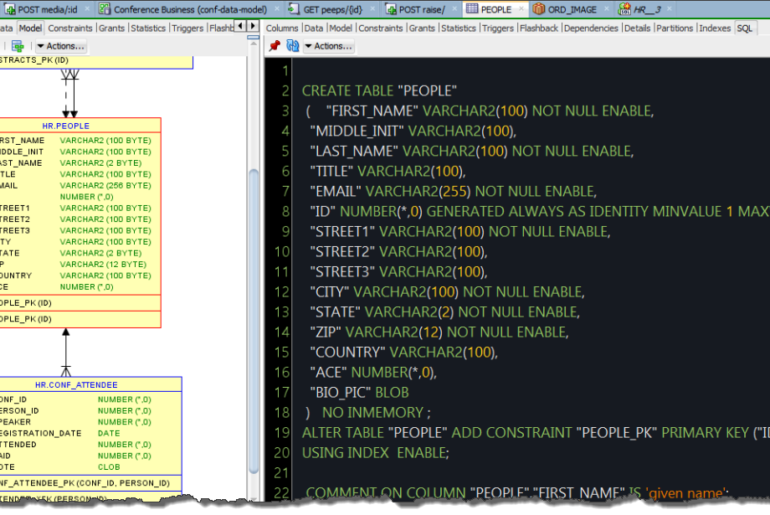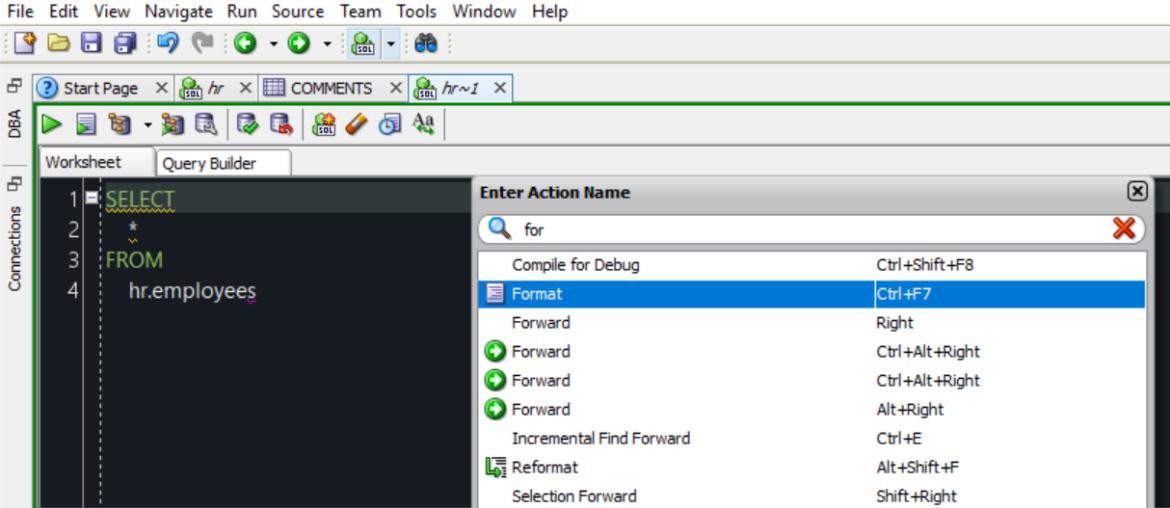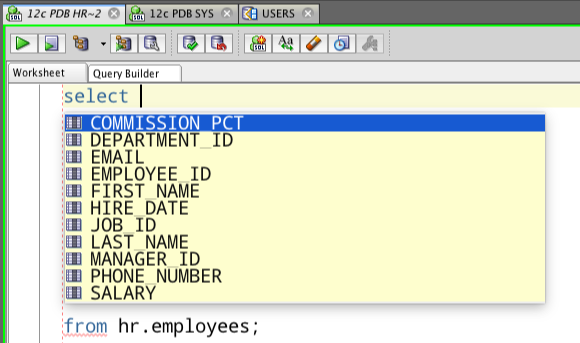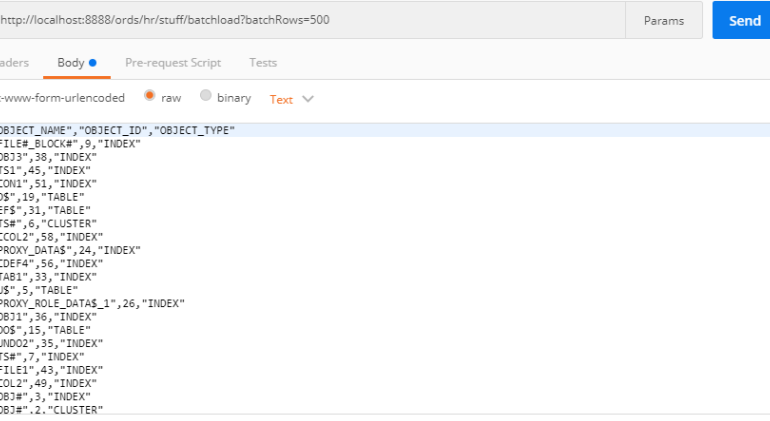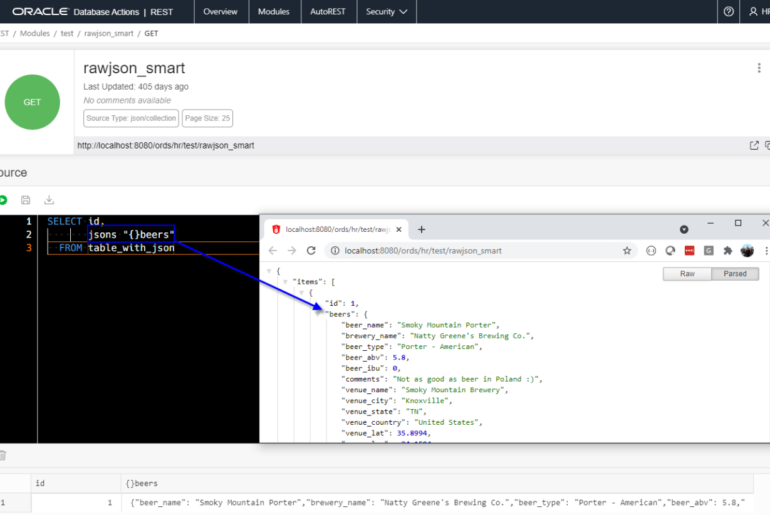I’ve got short videos for you, 2-10 minutes. I’ve got 20 minute videos. And I’ve got monster, hour long videos. 24 in total, covering everything from how to use the PL/SQL debugger, to building REST Services, to just writing better SELECT * queries. Send me your requests, always happy to build more. I just wish I had a voice made for radio to accompany the face. Just click here to peruse the videos.
I needed to publish a blog post this week, but instead of writing new content, I thought I’d share with you things I’ve written in other places. In no particular order: I Installed SQL Developer, Now What? – Medium REST for the DB Professional – What’s in it for you? – UKOUG Scene Automatic REST – Oracle Magazine Are Oracle’s Database Tools as good as Toad? – Quora Is Online Advocacy Making me a Grouch?…
Someone asked about persisting table filters. Quick answer, we don’t. When you leave and come back to table, the filters are no longer active. Don’t know what I mean by filters? So, if you close the table and come back, the filter won’t be there anymore. MOSTLY. It is there, you just have to ask for it. Ctrl+Space. Now scroll down. Down further. Past the column list.
I wrote recently about using REST to upload a file to your table with ORDS. I want to extend that and share more code. I want you to see how to not only load the pics, but then how to get a collection of items, with links to those items, and in this case, also links to the media (pics) which we’ve uploaded. AND IT’S SO LITTLE CODE. What I’ll share: table ddl a few…
I’m running a week long poll on Twitter. After Google, where do you go for Oracle help, first? Please answer, then RT. If 'other', please specify in your RT.— Jeff Smith 🥃 ☜ (@thatjeffsmith) October 20, 2017 The problem with Twitter is that you’re limited to only 140 characters, so I’m afraid I failed to adequately word the question. My intent is to see where you go to ASK for help…literally. In the form of…
We released SQL Developer version 17.3 while I was at Oracle Open World, so I didn’t have time to really blog it. Plus, we found this REALLY annoying bug. Obviously this was ‘no bueno’ – so we put out a patch. Version 17.3.1 is available now. What’s New in 17.3? Mostly bug fixes. We identified issues from 17.2 and fixed those – thanks again Community folks! A few improvements. Code Outline It wasn’t working for…
A quick look at use the :body bind variable for grabbing the contents of your HTTP PUT or POST body on a REST API to insert a BLOB to an Oracle table.
Some of you are real fast typers, and don’t need this type of help. However, some of you, no matter how fast you can type, have to deal with column names that are long, hard to spell, and to just work with in general. So let’s say you’re working on a report, and the column order is very specific. Now, you could use the INSIGHT/POPUP feature, but those names come back in alpha order. Or…
I have 1,500 rows I need to shove into a table. I don’t have access to the database, directly. But my DBA is happy to give me a HTTPS entry point to my data. What do I do? Let’s look at a Low-Code solution: Oracle REST Data Services & Auto REST for tables. With this feature, you can say for a table, make a REST API available for: querying the table inserting a row updating…
Oracle REST Data Services happily converts your Oracle results to JSON for your REST APIs. But what if your results are already formatted as JSON? This post shows how to fix that!


